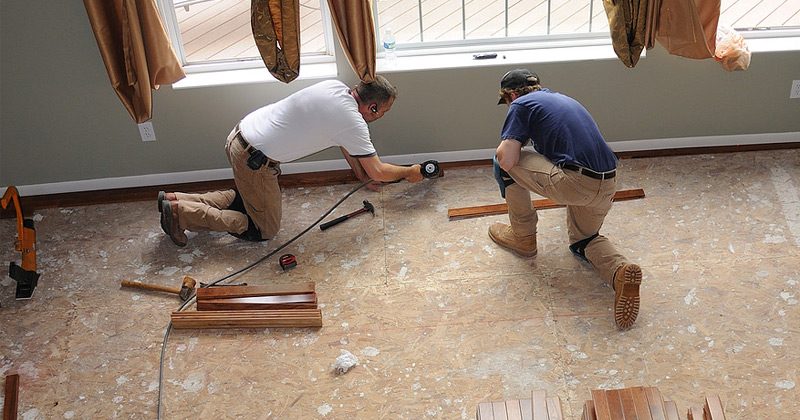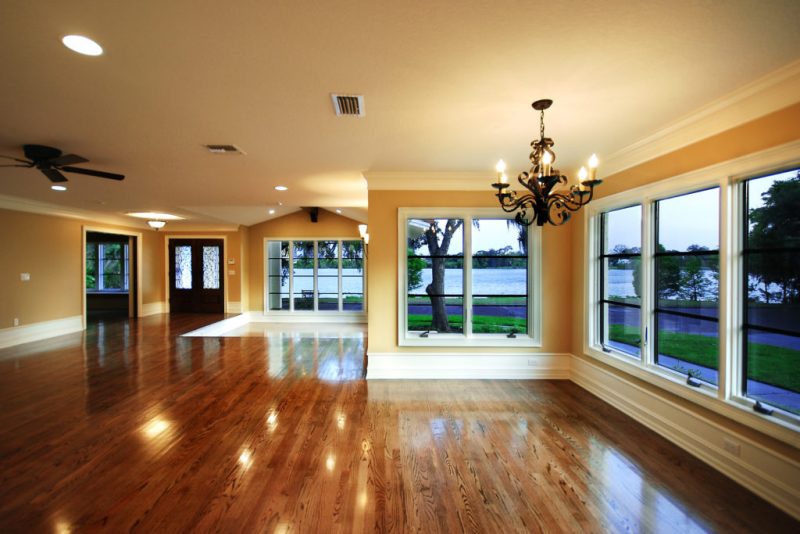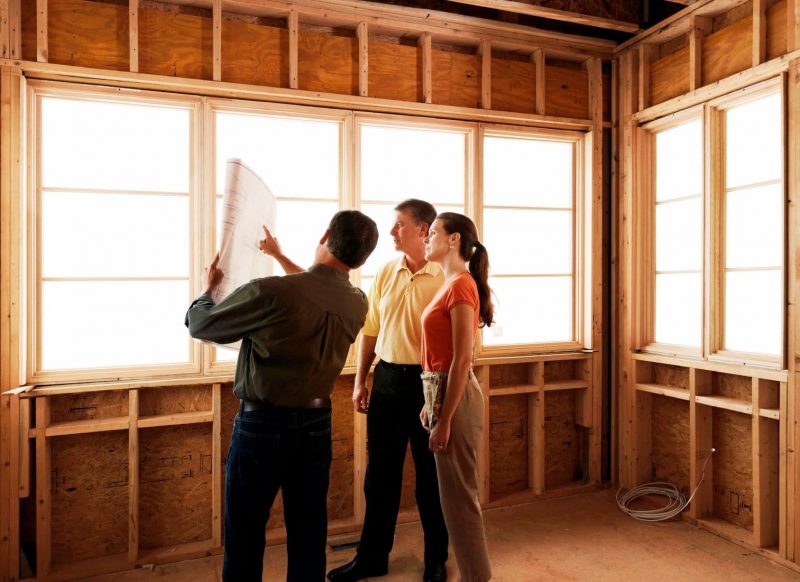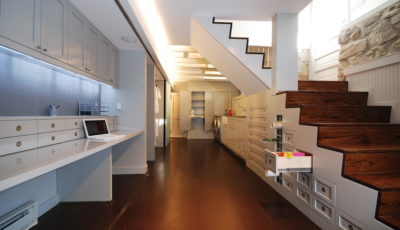Renovate Your Home Using Home Improvement Loans
Having a house or a flat of one’s own is the biggest asset one could have and its value would only increase over time. Buying a new flat or a house requires a certain kind of investment and there are not many Home Loan options in place to help people realize their dreams. However, not everyone is buying a new home. Some might have done so a long time back and some might have inherited property from their ancestors. In such cases, maintaining the property is a primary concern because if its falls into disarray, not only will its value decrease in the property market, but it could also be a threat to the safety of the people staying there. In case of very old properties, the cost of renovation could be significant and hence one might also need to acquire a loan for the purpose. Home improvement loans are available for this very reason and many banks and leading NBFCs like Bajaj Finserv are offering them.
Home improvement loans are in some cases, however, only given to people who already have an existing housing loan. This loan can be availed after a year of having the first Home Loan approved. So for example, a borrower had taken a Home Loan for Rs 35 lakhs to be repaid over a period of 25 years. After fifteen years, the property requires extensive repair work as it has been weathered by the natural elements. Hence, now the person is eligible to apply for a home improvement loan as well, which can only be used for the repair work of the house. It can also be used for similar constructions like adding a new room or doing up the attic. Some banks and NBFCs might not have a separate home improvement loan plan in place but if they have provisions for a Top Up Loan, then the loan money could be used just as well for the same purpose.

However, to get the home improvement loan approved, the creditor would of course check whether the borrower has enough income to pay for the EMIs for the existing Home Loan as well as the new home improvement loan. This becomes possible in most cases because the home improvement loans have a lower processing fee and lower Home Loan interest rates than what one would have had to pay if they had applied for a personal loan for renovating their home instead. Another benefit of this kind of loan is that a higher loan amount can also be negotiated if the borrower has made his previous payments on time and has a good credit score. This kind of loan also has tax benefits and is therefore good for salaried individuals if they want to make home improvements.

Home improvement loans can be both secured and unsecured, depending on the bank or financial institution from where one is seeking the loan. Unsecured loans pose higher risks for the bank and so the interest rates on the loan are also higher. On the other hand, if one is confident that they will definitely be able to pay off their loans and in case they provide a collateral, it will not be in any danger, then they can opt for a secured loan and the interest rates would be lower. By the end of the tenure, the loan is paid off and the collateral comes back to the borrower. This also makes it easier to look for creditors as more lenders would be interested to sanction your loan if it has a collateral.

Home improvement loans could be applied for just as simply as Home Loans, and the documents required for Home Loans are more or less the same. In fact, if one is applying from the same creditor, who already has the relevant documents from when you applied for the first Home Loan, then there is usually no need to provide them the second time around and the loan is disbursed after checking your Home Loan eligibility. Ease of application and the flexibility it offers, along with the various advantages, has now made it possible to not just own a house but also to do it up as one likes.









